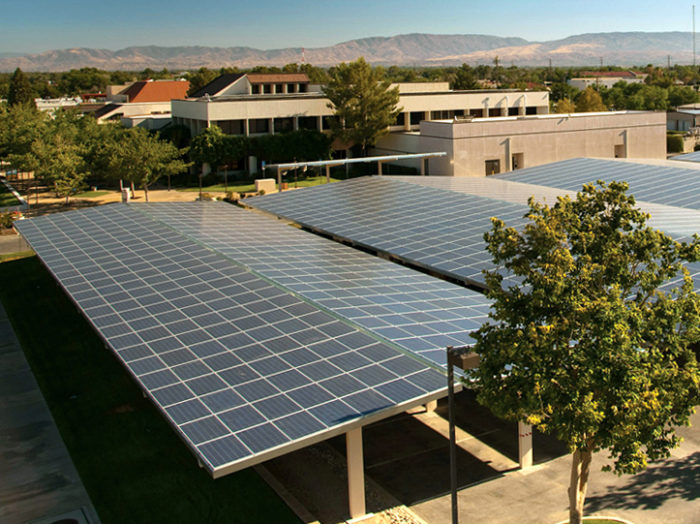
Image Credit: City of Lancaster, California
Manufacturing shortcuts, most of them at Chinese factories, are leading to higher failure rates for photovoltaic panels and prompting growing concerns among testing labs, insurers and solar developers, The New York Times reports.
In an article published May 28, the newspaper said that inspections over the last 18 months have discovered that “even the most reputable companies are substituting cheaper, untested materials” in their PV modules.
Chinese companies borrowed a lot of money to ramp up manufacturing and are now under intense pressure to cut manufacturing costs and pay off the loans. One way of reducing costs is to take shortcuts and use cheaper materials, the Times said.
One testing service reported the defect rate of panels inspected in Shanghai jumped from 7.8% to 13% between 2011 and 2012. Another said defect rates ranged from 5.5% to 22% in audits of 50 Chinese factories in the last 18 months.
No one keeps an exact tally of how many panels fail, so the extent of the problem isn’t known.
Not all Chinese modules have problems
A particular area of concern are the materials that keep moisture out of the modules and seal the photovoltaic cells between layers of glass, the Times said. When substandard or outdated materials are used, the modules fall apart.
Problems don’t affect all Chinese-made modules. The U.S. subsidiary of Yingli, now the world’s largest solar panel manufacturer, for example, says only 15 defective panels were returned out of the 2.8 million shipped here since 2009. The company has just landed a contract to supply a California power plant with solar modules.
Quality control also is a problem for non-Chinese manufacturers. First Solar, a major U.S. maker, has set aside $271 million to replace faulty panels manufactured in 2008 and 2009, the Times reported.
Despite bumpy road, analysts see a booming market
Growing pains in Chinese panel manufacturing will actually help the solar industry expand over time, with the global market becoming a $155 billion business by 2018, according to Quartz, a digital news outlet.
Citing a report by Lux Research, Quartz said a decline in panel prices will help the solar industry expand into new markets. Annual solar installations will reach 62,000 megawatts in 2018, Lux says, and in the U.S., developers will rush to get projects installed before the tax credit drops from 30% to 10% at the end of 2016.
“The U.S. should install 10,800 MW of solar in 2018,” Quartz said, “making it the world’s second largest solar market. But the real action will be in Asia, where Lux projects 30,300 MW will be installed by China, India and Japan.”
Weekly Newsletter
Get building science and energy efficiency advice, plus special offers, in your inbox.














2 Comments
Defect Remedies
Regarding this from the article above:
"One testing service reported the defect rate of panels inspected in Shanghai jumped from 7.8% to 13% between 2011 and 2012. Another said defect rates ranged from 5.5% to 22% in audits of 50 Chinese factories in the last 18 months."
Are these defect numbers referring to product that has been sold and then found defective, or have these defects been discovered at the factory and not been sold?
Assuming that some of these failures in general have been found in product that has been sold, how is the customer compensated for the failure?
It's hard to know
Ron, the article isn't very clear on when the defects are being detected, though there's some mild implication that they largely are caught before final sale. That's not much consolation, though. Basically, I think your question still stands. I, too, would like more information on that.
It is typical for PV manufacturers to provide a 25-year warranty on panel performance (commonly, that after 25 years the panels will still be producing 80% or greater as compared to their original capacity). Will consumers be able to make claims on those warranties and recover for bum panels? That's another open question.
Log in or create an account to post a comment.
Sign up Log in